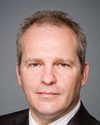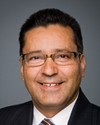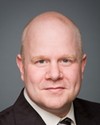Thank you, Mr. Chair, and thank you, Ms. Silas, for being here today. I congratulate you on nurses' week.
My questioning will be around retention and recruitment, which you mentioned as item 2 on the first page of your presentation. I understand there is a shortage of qualified nurses in some regions. I suppose one of the solutions might be to encourage older workers, specifically Canadian nurses, to stay on. I represent the hardest working riding of Calgary Northeast, which is also the most ethnically diverse riding in Canada, I would say.
I'd like to comment on the issue of foreign credentials and their lack of recognition here. Would you say there might be an opportunity for new Canadians who have qualified elsewhere as nurses to help fill these shortages, in combination with older Canadians remaining in the profession? Would there be an opportunity to keep the older Canadians and encourage them with flexible hours or part-time work, so they can give hands-on training to new Canadians who are nurses?




